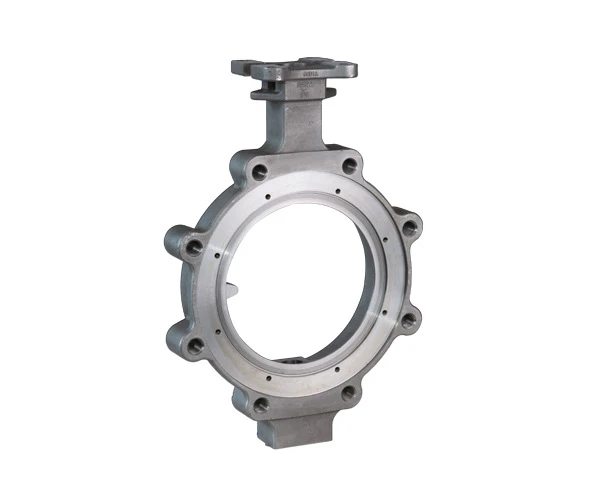stamping parts
Stamping Parts The Backbone of Precision Manufacturing
In the realm of precision manufacturing, stamping parts play a crucial role in various industries, ranging from automotive to electronics. Stamping is a process that involves converting flat sheets of metal into specific shapes using dies and presses. This technique not only enhances the efficiency of production but also ensures high accuracy and consistency in the final products.
The stamping process typically begins with the selection of suitable materials. Commonly used metals include steel, aluminum, brass, and copper, each offering unique properties that cater to specific applications. For instance, steel is favored for its strength and durability, making it ideal for automotive components. Aluminum, on the other hand, is lightweight and corrosion-resistant, commonly used in the production of electronic housings and connectors.
The stamping process itself can be divided into several stages, including blanking, piercing, bending, and forming. Blanking involves cutting flat metal sheets into predetermined shapes, while piercing creates holes in the material. Bending and forming reshape the metal into the desired configuration. These processes can be performed in a single operation or consecutively, depending on the complexity of the design and the capabilities of the stamping equipment.
One of the significant advantages of stamping parts is the ability to produce large quantities of components with minimal waste. The precision of the stamping process means that intricately designed parts can be manufactured swiftly with reduced labor and material costs. Moreover, modern stamping technology, such as progressive die stamping and deep drawing, has further enhanced productivity and the range of feasible designs.
stamping parts

In the automotive sector, stamped parts are ubiquitous, serving vital functions such as structural components, brackets, and chassis parts. These elements not only contribute to the vehicle's framework but also play a role in safety and durability. For example, crumple zones are often created using stamped components, designed to absorb impact and protect passengers during collisions.
In addition to automotive applications, stamping parts are also critical in the electronics industry. From switch components to connector housings, stamped parts ensure that electronic devices operate efficiently and reliably. The precision required in these applications cannot be overstated; even minor discrepancies in dimensions can lead to device failure or safety hazards.
The demand for high-quality stamping parts has prompted manufacturers to adopt advanced technologies and practices. Automation has become a key player in this industry, with robotic arms now handling intricate tasks and ensuring consistency in production. Furthermore, computer-aided design (CAD) and computer-aided manufacturing (CAM) enable engineers to create detailed designs and produce prototypes rapidly, allowing for faster iterations and improvements.
Sustainability is another important factor for modern stamping operations. As industries strive to reduce their environmental footprint, manufacturers are increasingly implementing eco-friendly practices in their stamping processes. This includes optimizing material usage to minimize scrap, employing energy-efficient machines, and recycling metal waste. Such efforts not only help in conserving resources but also enhance the overall sustainability of the manufacturing process.
In conclusion, stamping parts are an integral part of precision manufacturing, underpinning the functionality and safety of a wide array of products. Their versatility and efficiency make them indispensable in industries like automotive and electronics. As technology continues to evolve, the future of stamping operations looks promising, with innovations leading to better designs, enhanced efficiency, and sustainable practices. For businesses, investing in high-quality stamped components means not only meeting customer demands but also contributing positively to the broader industry landscape. As we move forward, the importance of stamping parts will undoubtedly continue to grow, defining new standards in precision manufacturing.
-
Pros & Cons of Sand Casting: Products & ApplicationsNewsAug.19,2025
-
Advanced Crawler Drilling Rig for Confined Spaces-Baoding Hairun Machinery And Equipment Trading Co., Ltd.NewsAug.18,2025
-
Crawler Drilling Rig- Baoding Hairun Machinery And Equipment Trading Co., Ltd.|Pneumatic Power,Frame-Supported DesignNewsAug.18,2025
-
Precision OEM Valve Body Castings for Superior PerformanceNewsAug.18,2025
-
Crawler Mounted Drill Rig - Baoding Hairun Machinery | Underground Drilling SolutionsNewsAug.18,2025
-
Crawler Mounted Drill Rig - Baoding Hairun | Pneumatic Safety, Mining EfficiencyNewsAug.17,2025















